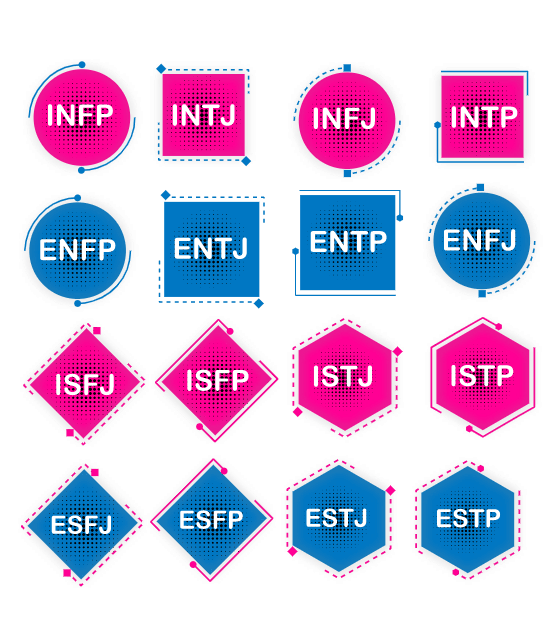Vitenskapen bak forholdskompatibilitet.
DNA Romance predicts "Chemistry" online using the DRom 1.0 algorithm. Denne algoritmen vurderer 100 spesifikke markører innen ditt DNA, med fokus på gener som er bevist å være involvert i tiltrekning og reproduksjon. Studier har vist at mennesker med varierte DNA-markører i Major Histocompatibility Complex (MHC) har en tendens til å finne hverandres duft tiltalende og ofte nyte mer varige romantiske forhold..
'DRom 1.0 forutsier kjemi og uoverensstemmelser blant slektninger.'

DNA Romance forutsier også. Personlighetskompatibilitet Ved å bruke personlighetstyper utledet fra psykometriske tester, og lar brukere evaluere. 'delte felles interesser ved hjelp av filtre,' og fysisk tiltrekning Basert på bildene fra deres kamp. DNA Romance's. second genetic algorithm DRom 2.0 Bruker en AI-modell trent med relevante DNA-markører for å forutsi fenotypiske egenskaper med høy nøyaktighet. DRom 2.0 supplerer DNA Romance's. 'profilverifiseringsmekanisme' Som presenterer flere lag av sjekker som hjelper til med å bedre indikere autentisiteten til brukerprofilen.
Personlighet Kompatibilitetsvurdering
'Hvordan ulike personlighetstyper samhandler i forhold'.
'Utforsk vårt'
'personlighet kompatibilitetsvurdering'
inspirert av de anerkjente Jung/Myers-Briggs 16 personlighetstypene. Utviklet for over et århundre siden av den sveitsiske psykiateren Dr. Carl Jung og videreutviklet av Isabel Briggs Myers og Katherine Briggs, har denne psykometriske testen bestått tidens prøve. Den er anerkjent som Myers-Briggs Type Indicator® og brukes mye innen organisasjonspsykologi.
DNA Romance benytter denne algoritmen for personlighetkompatibilitet for å forutsi potensielle forbindelser mellom både single og par. DNA Romance sine algoritmer tildeler strategisk høyere kompatibilitetspoeng til lignende personlighetstyper, og lavere poeng til de som kan være i konflikt..
